Summer Olympic mascots ranked from least to most terrifying

It has become lazy and reflexive to call pretty much every mascot "terrifying nightmare fuel" on the internet, but just because something is clichéd does not mean it isn’t true. Several Olympic mascots very much fall into the nightmare category.
Not every Olympic mascot is completely terrifying, however. Some are quite pleasant. We decided to sort through these good-intentioned but frequently disquieting symbols of the global summer games and rank them, from adorable to scary.
• Can you identify the home nations of these Olympians?
11. Misha – Moscow 1980
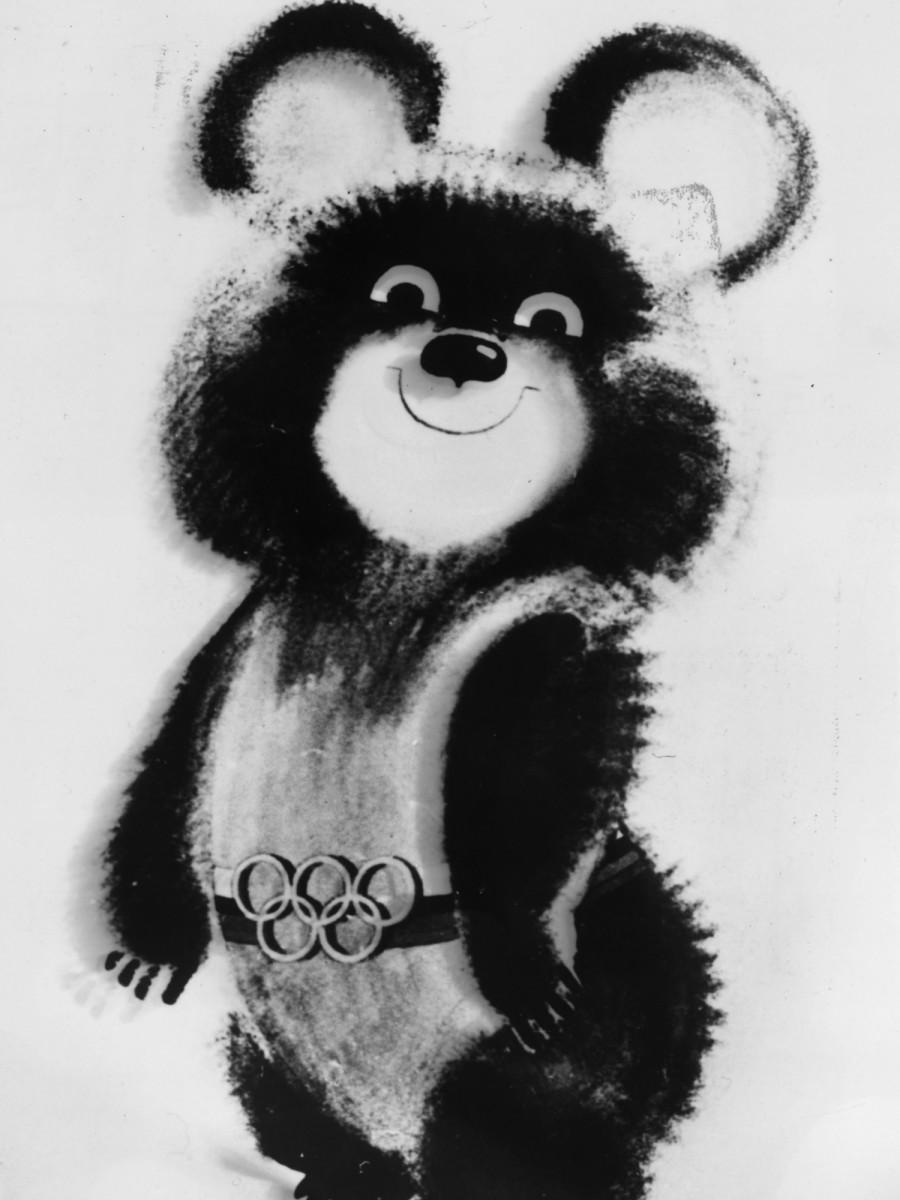
The USSR in 1980 was not really a very cute and cuddly place, but you would never know it by looking at Misha, the adorable bear cub mascot of the Moscow Summer Games. Don’t worry though, there is still a very USSR twist to Misha’s story, as the creator of the nationally beloved bear was jilted out of any royalties from the image by the government.
10. Waldi – Munich 1972
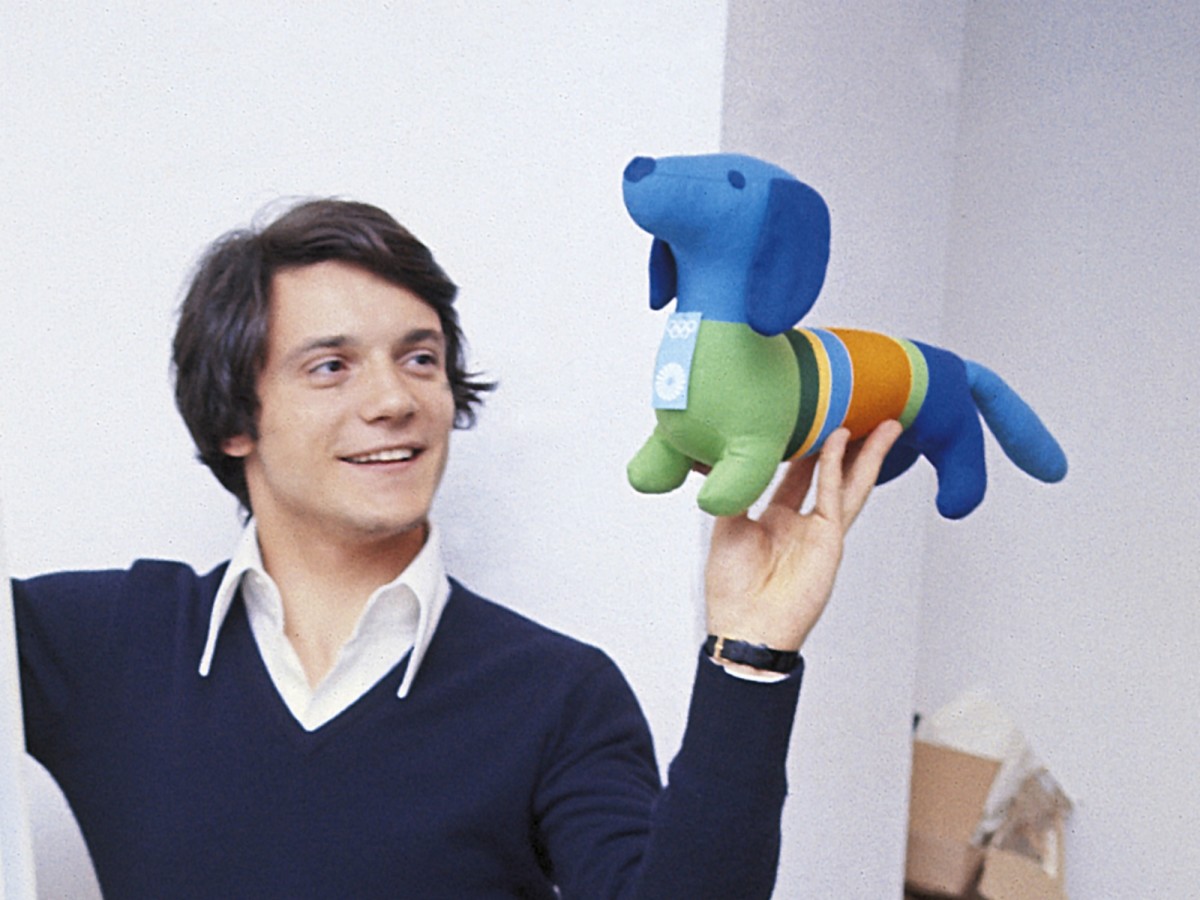
Waldi is a multi-colored dacshund designed by Otl Aicher. It’s the kind of cool, clean design one would expect of a German mascot. Of course, Aicher and the Olympic committee probably didn’t approve of protesters of government spending drawing the technicolored pup urinating on the city’s Olympic Stadium—as Time reported in 1972.
9. Hodori – Seoul 1988
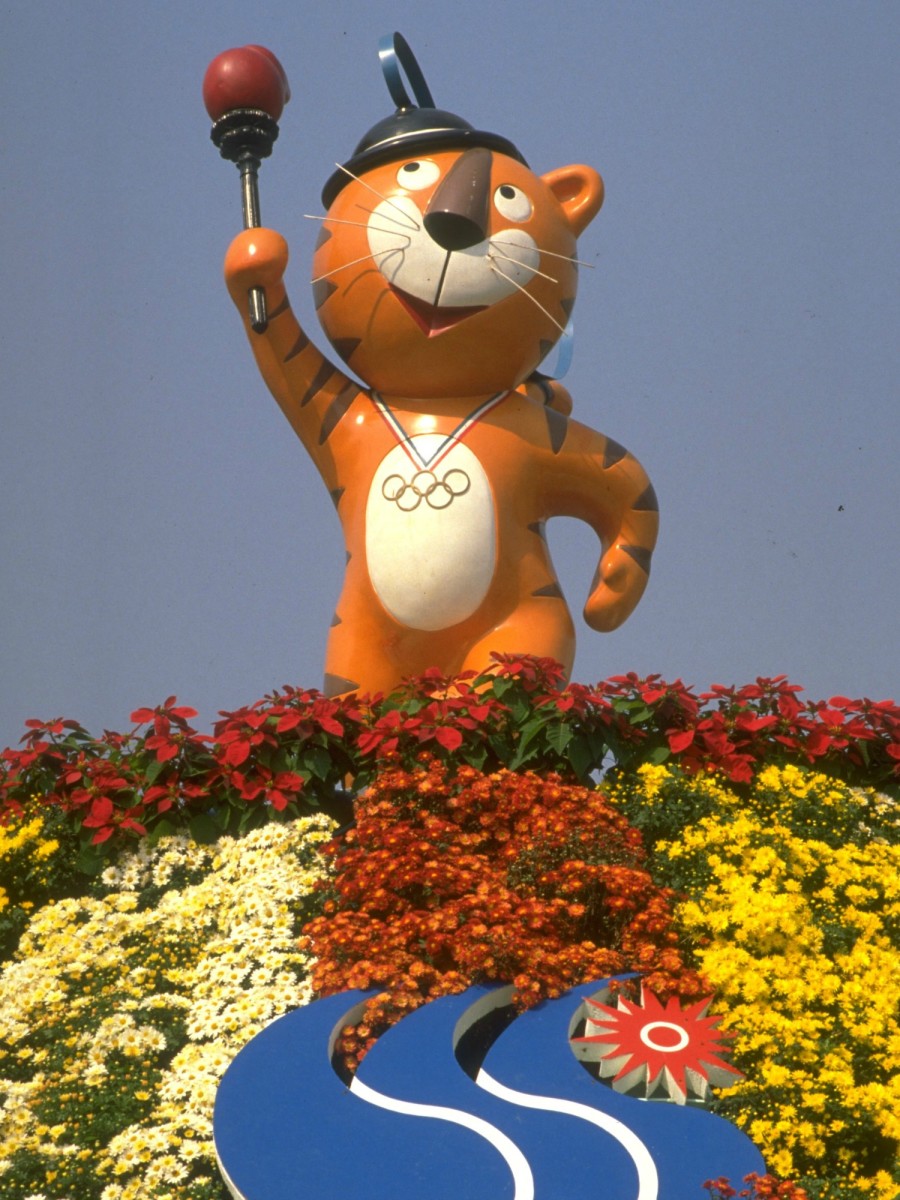
There is not a ton of information on Hodori online, but you have to admit he looks like a pretty cool guy. You can buy these Hodori drinking glasses on Etsy if you want some more of this anthropomorphic Tiger in you life.
8. Cobi – Barcelona 1992
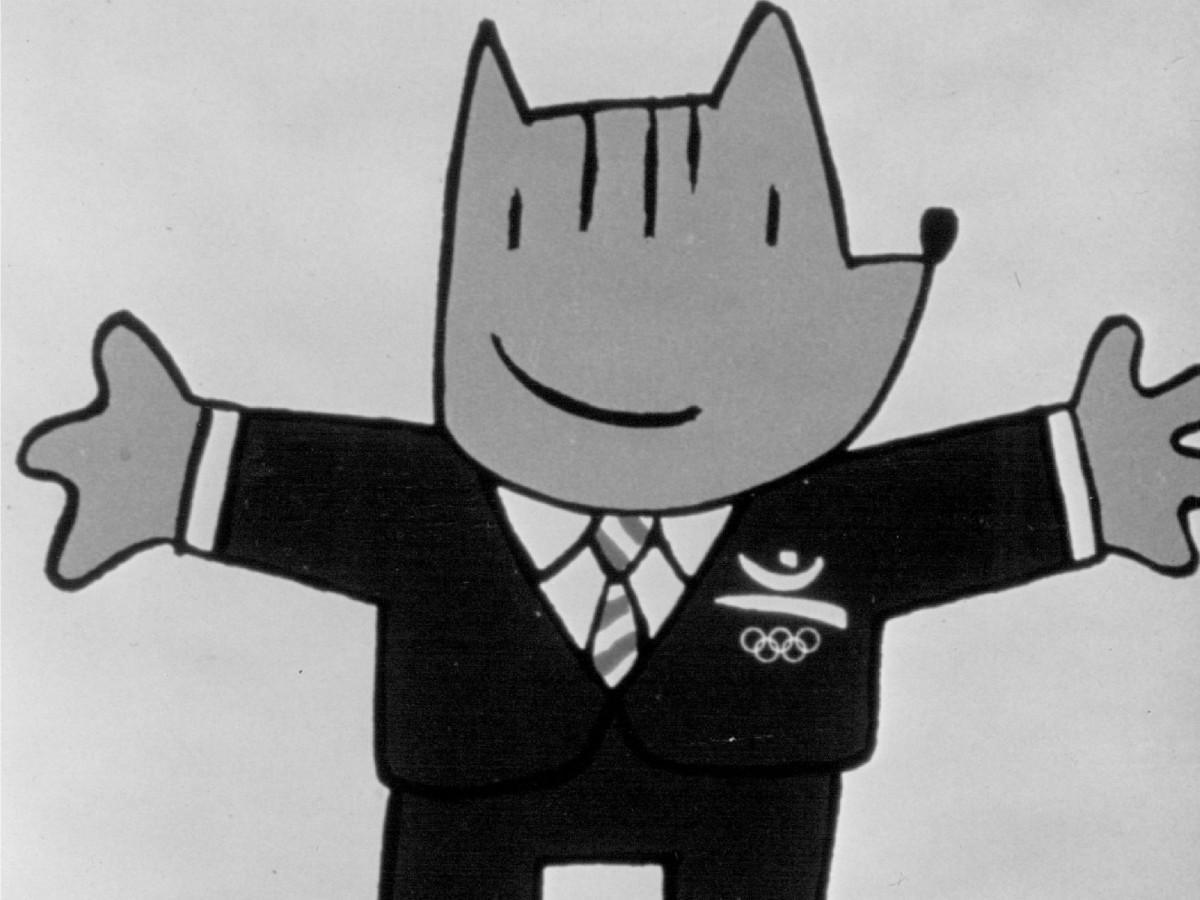
Cobi is supposed to be a drawing of a Catalan sheep dog inspired by Picasso’s cubist period, but it looks more like one of those Keith Haring-type cartoons they showed in between shows on Nickelodeon in the early 90’s. Cobi seems nice and harmless.
7. Sam – Los Angeles 1984
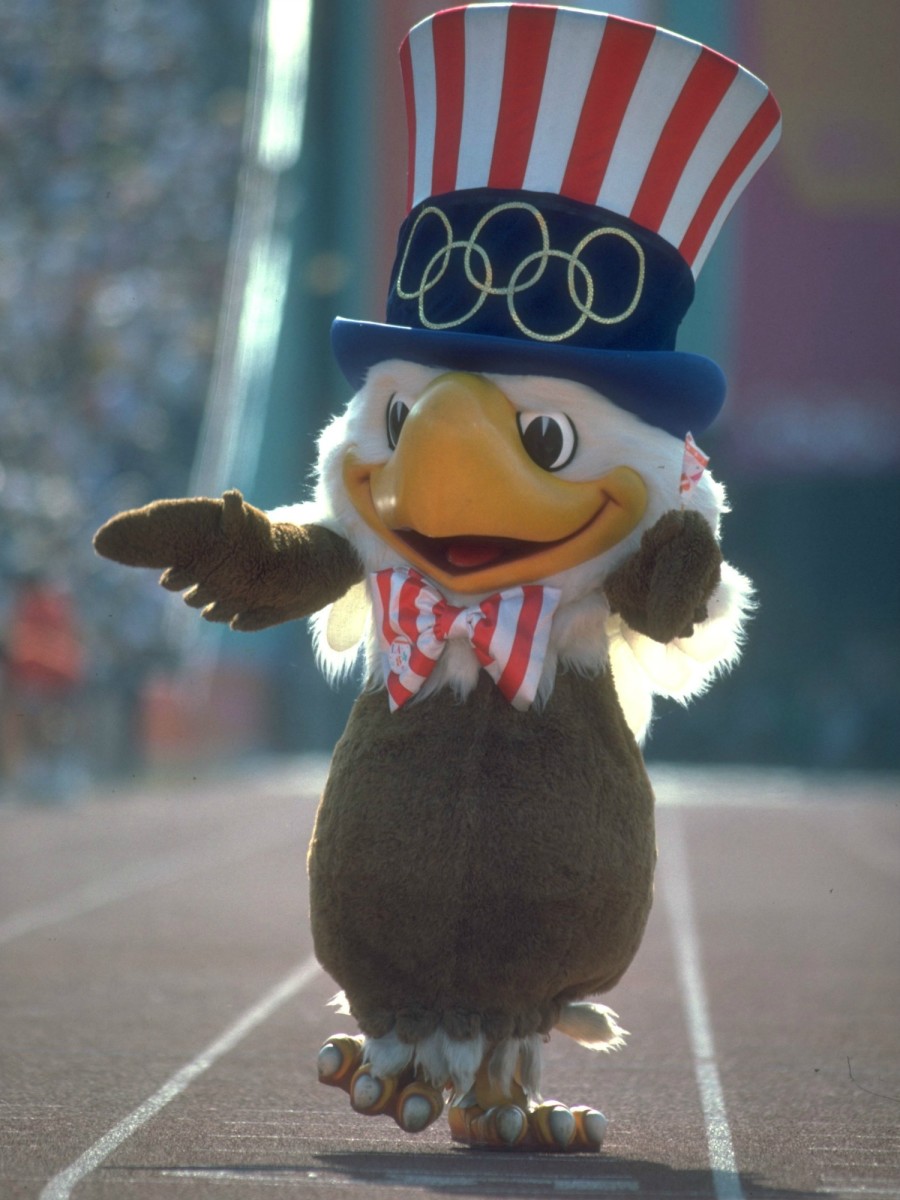
Are you really telling me the best an Olympics based in the capital of the world’s entertainment industry can do is an eagle named Sam in a Stars & Stripes top hat? There is nothing actively bad about Sam, and nobody loves Olympics–fueled jingoism as much as I do, but this is a real missed opportunity.
6. Vinicius – Rio 2016
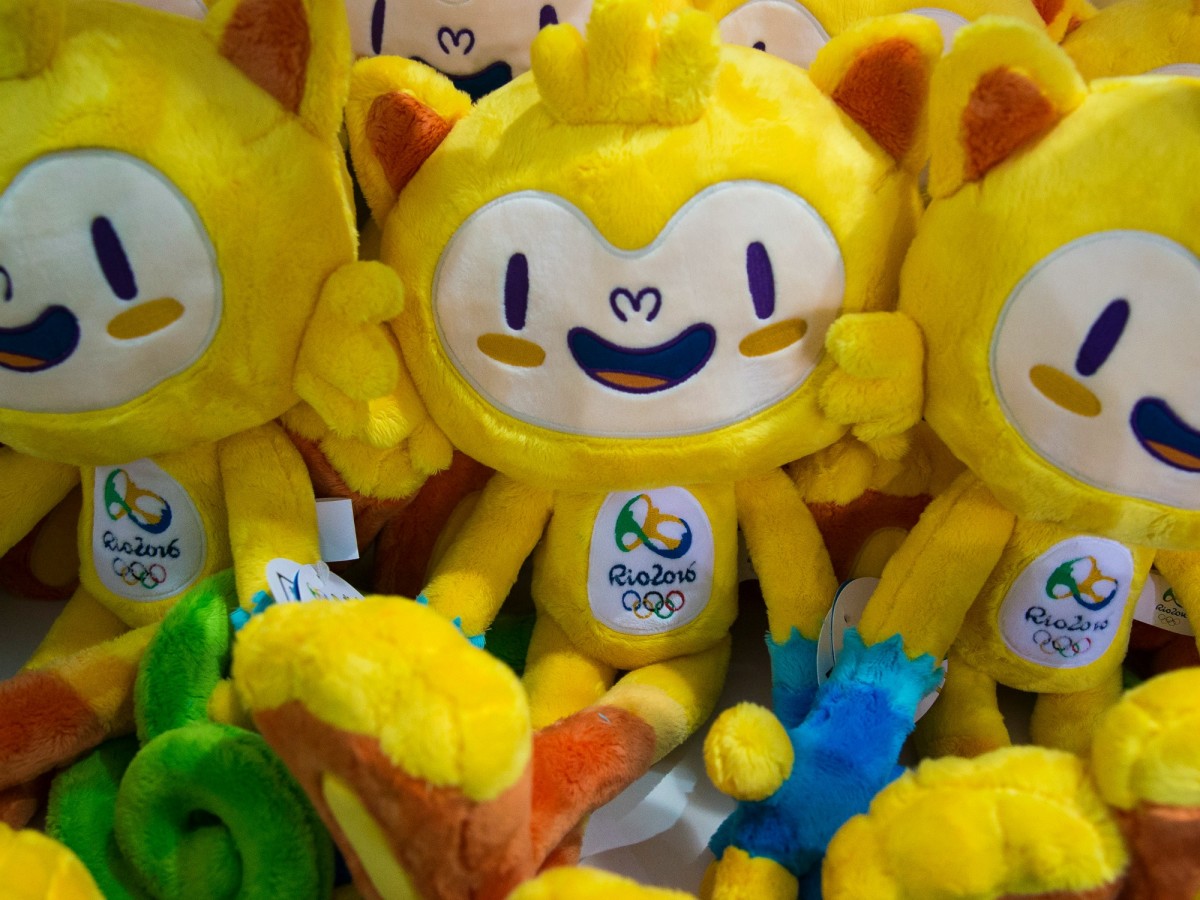
OK, this is sort of the tipping point between good and bad. Vincius is an amalgamation of the birds, monkeys and jungle cats of Brazil which somehow avoids looking like something off The Island of Doctor Moreau, so that is a plus.
5. The Fuwa – Beijing 2008
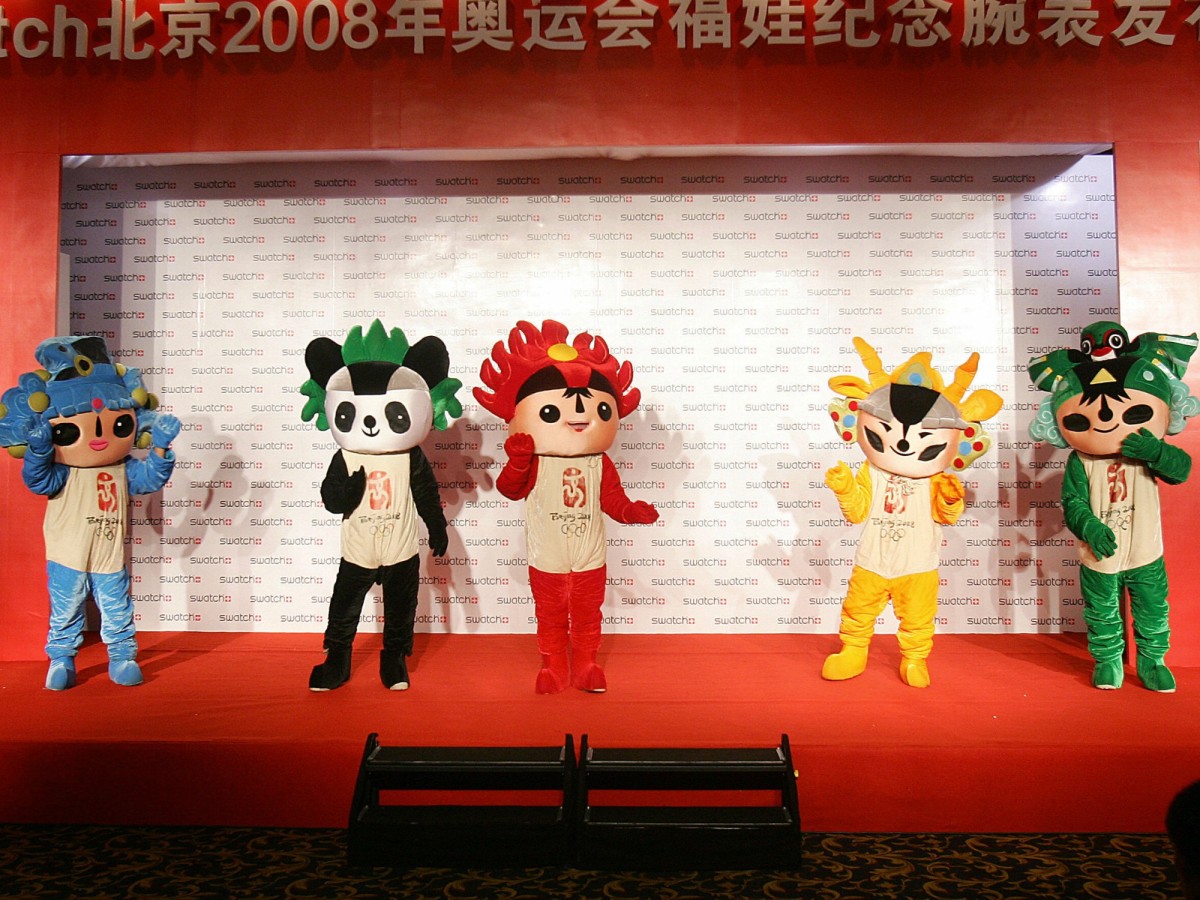
These five dolls were meant to represent some of China’s favorite animals in the form of good luck dolls, but they ended up being blamed for a series of disasters leading up to the games, which is not exactly great PR.
4. Athena and Phevos – Athens 2004
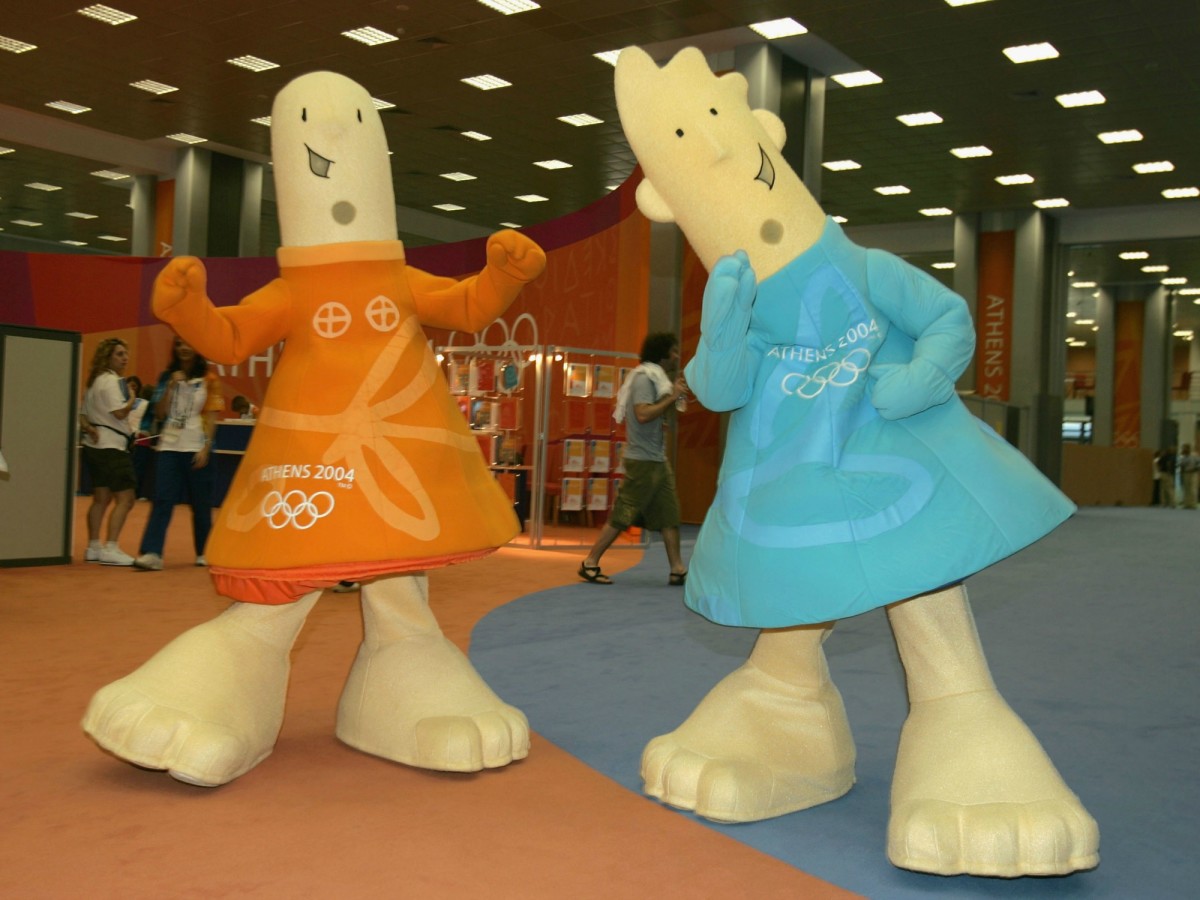
These twin mascots have a lot going for them. Named after Greek gods and modeled after 3,500-year-old sculptures, they are tied into long history of the Olympic originators. Still that’s not enough to overcome the fact that they are weird–looking blobs that one writer called “animated condoms.”
3. Ollie, Mille and Syd – Sydney 2000
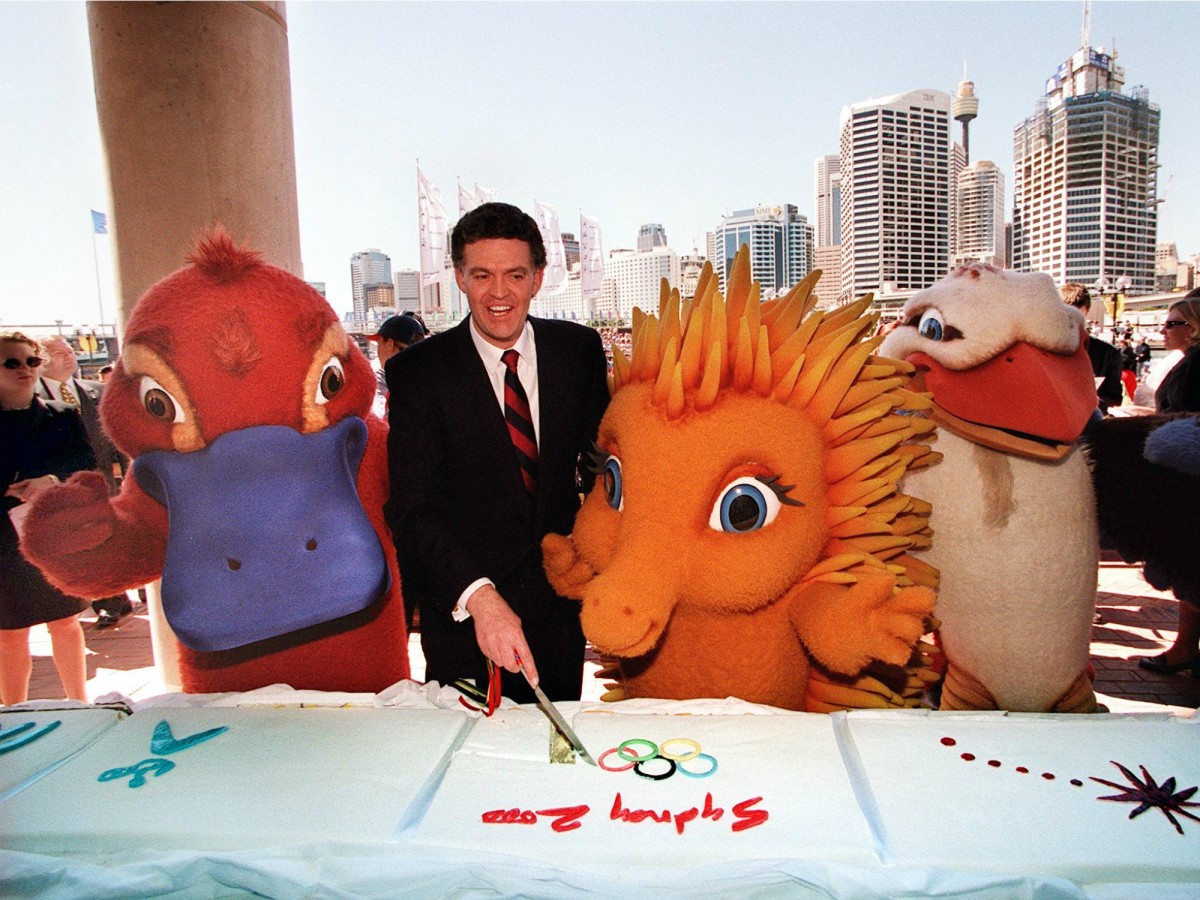
This trio from Australia includes a kookaburra, platypus and an echidna. While I am reticent to speak ill of the noble platypus, these look like generic characters you would see at an off-brand amusement park. The upside is the Olympic troika inspired a local TV station to create “Fatso, the Fat-Arsed Wombat,” who became more popular than Ollie, Millie and Syd during the games.
2. Izzy aka Whatzit – Atlanta 1996
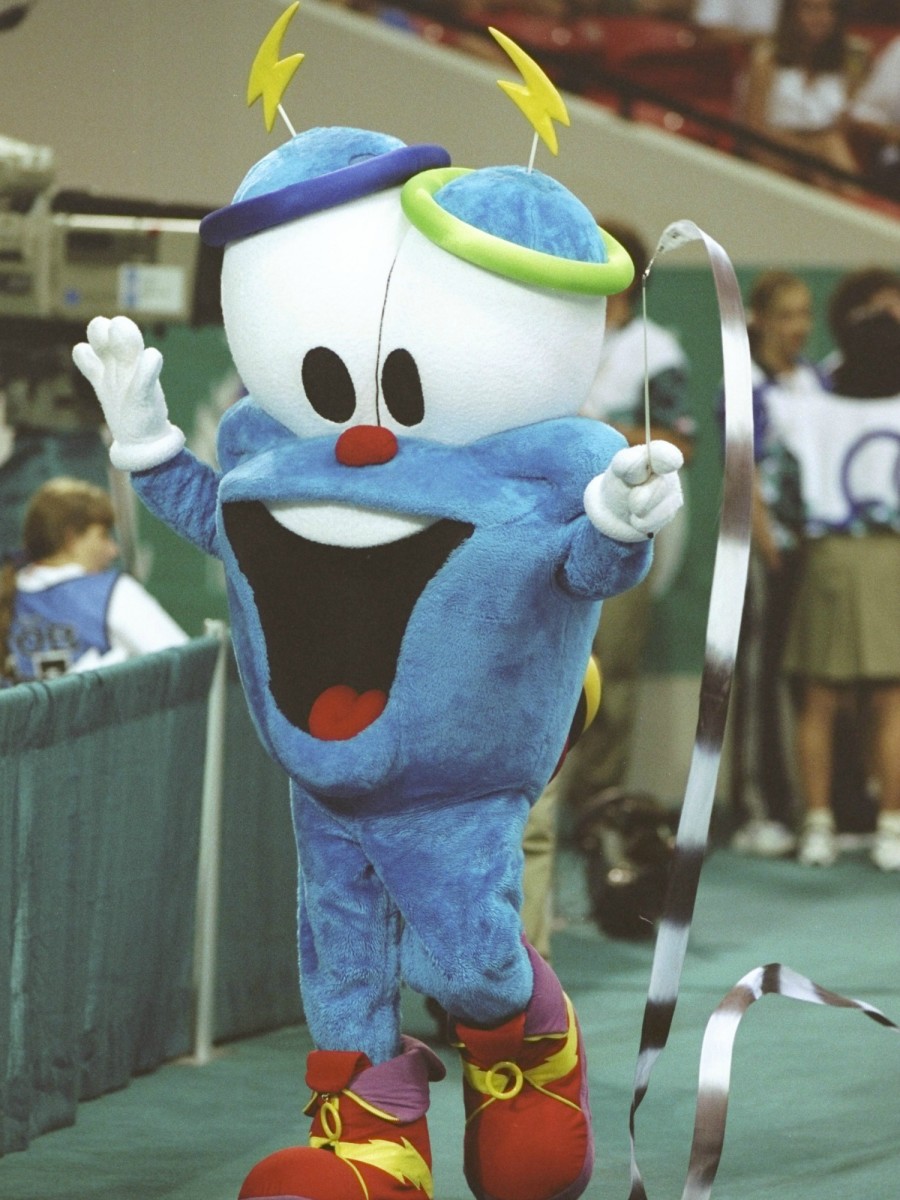
You may have noticed that the older mascots are ranked higher on this list than the more recent games, and that is entirely the fault of Izzy. The semi-lightning shaped blob could morph into different shapes and had no ties to the host region’s identity and just generally was dumb and ugly, inspiring a series of similarly bad mascots.
1. Wenlock – London 2012
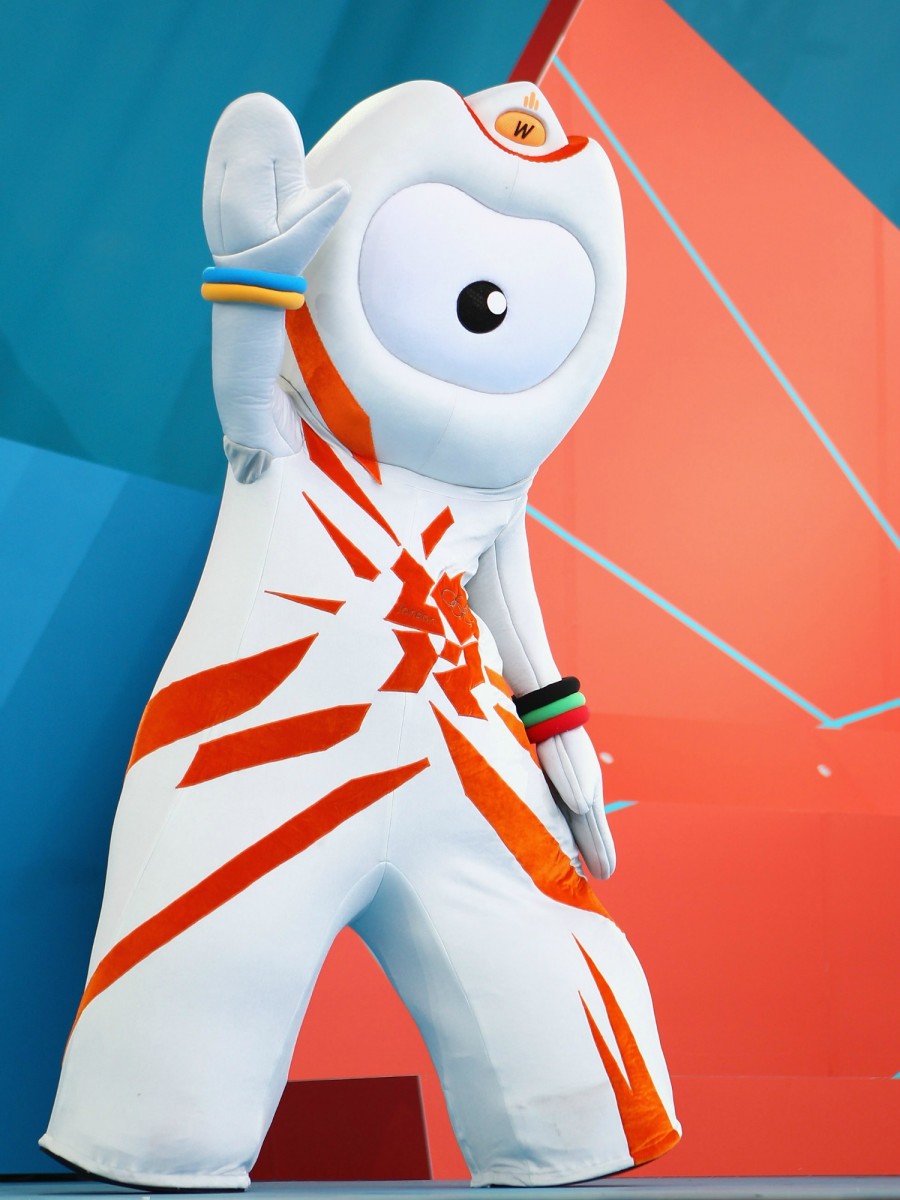
Boy, what could be worse than Izzy? How about a giant camera-eyed cyclops that may actually be filled with Illuminati imagery? It honestly seems like Wenlock was designed to scare children to stay inside and watch the Olympics, lest Wenlock find you and force you to work in a factory building his robot army.
